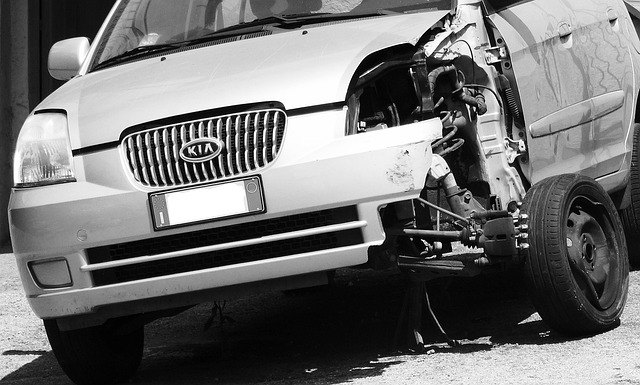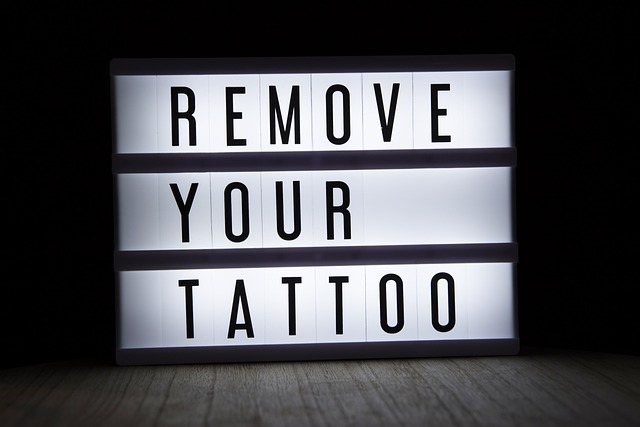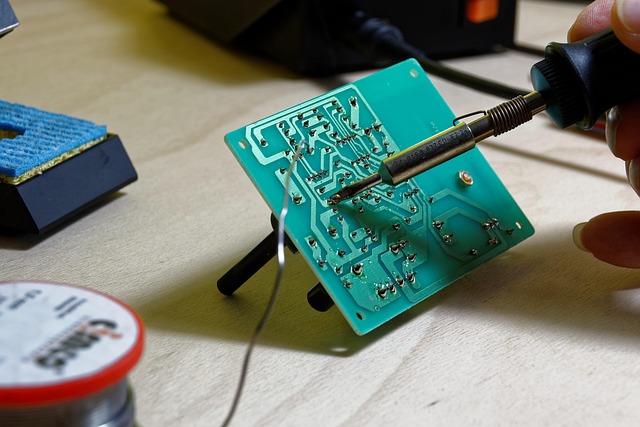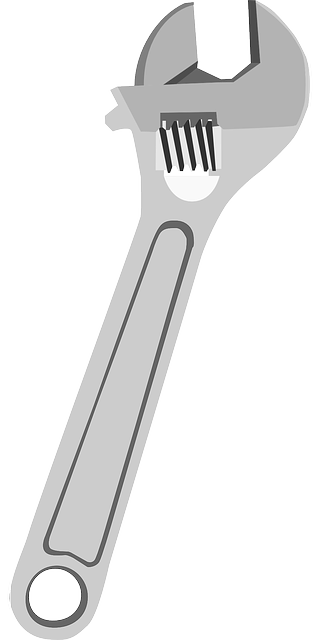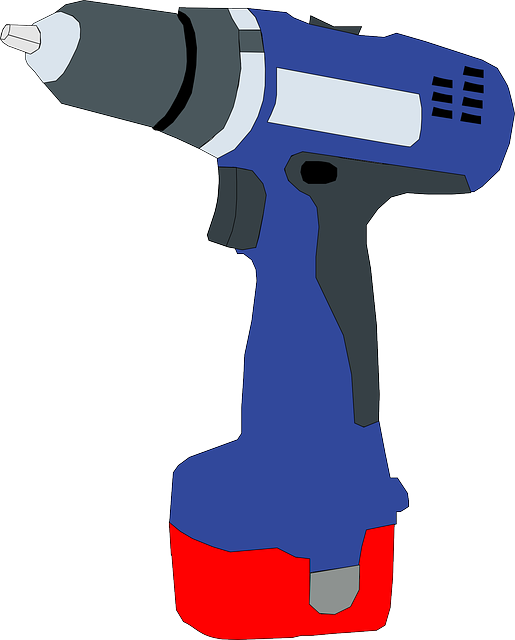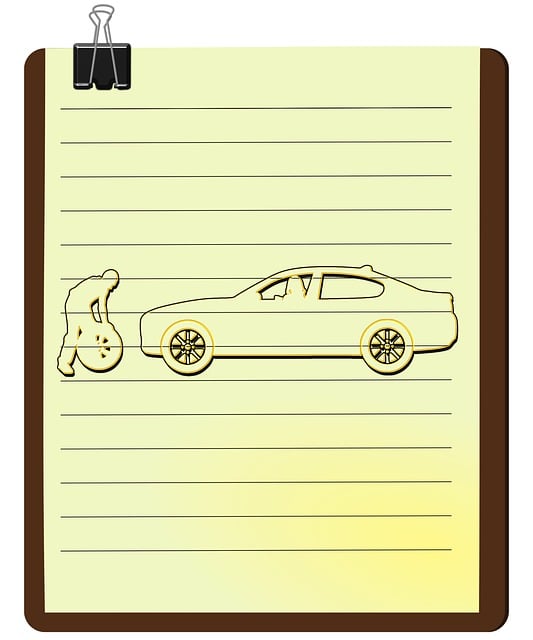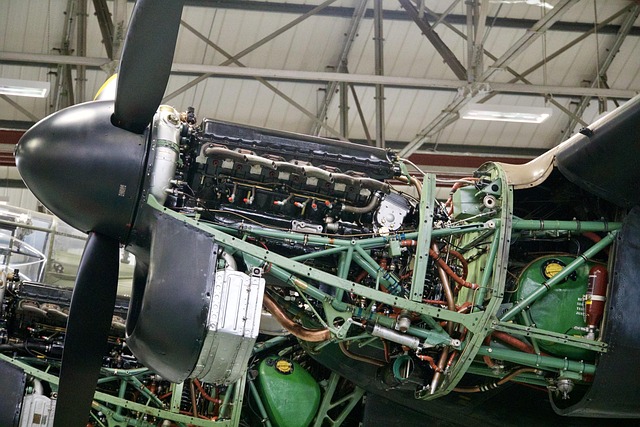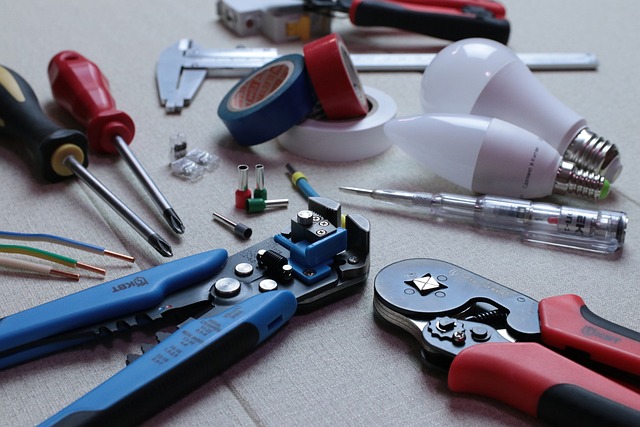Repair documentation services streamline insurance claims for auto body damage by providing detailed photos, itemized estimates, and parts records. This transparency builds trust between policyholders, repair shops, and insurers, accelerating claim processing. For insurers, it reduces fraud risks and settlement times; for policyholders, it ensures accurate claim handling. Comprehensive photo documentation is crucial for fair and accurate claims validation, especially in complex cases, using best practices like high-quality cameras and meticulous record-keeping.
In the intricate dance between policyholders, insurers, and claims adjusters, repair photo documentation stands as a pivotal, game-changing element. This comprehensive guide delves into the critical role of detailed repair documentation in streamlining insurance claims processes. By exploring the benefits of a robust repair documentation service, we uncover how it enhances accuracy, speeds up claim validations, and fosters trust among all stakeholders. From capturing meticulous visual evidence to adhering to best practices, this article navigates the essence of effective repair documentation for seamless claims resolution.
- The Role of Repair Documentation in Insurance Claims Process
- Benefits of a Comprehensive Photo Documentation Service
- Best Practices for Effective Repair Documentation and Claim Validation
The Role of Repair Documentation in Insurance Claims Process

Repair documentation plays a pivotal role in streamlining the insurance claims process by providing concrete evidence and transparency throughout. When a client files an auto body damage claim, whether it’s for car scratch repair or more extensive car bodywork repairs, detailed documentation becomes crucial. This includes before-and-after photos, itemized estimates from a reliable repair documentation service, and records of all parts and labor used in the restoration process.
Such comprehensive documentation aids insurance adjusters in accurately assessing the damage, verifying the scope of work, and ensuring that the claim is settled fairly. Moreover, it helps build trust between policyholders, repair shops, and insurers, as everyone has a clear understanding of the repairs undertaken and their associated costs. This transparent approach can expedite claims processing, benefiting all parties involved.
Benefits of a Comprehensive Photo Documentation Service

A comprehensive photo documentation service offers numerous advantages when it comes to validating insurance claims for various types of damage. It serves as a powerful tool for both insurers and policyholders, ensuring that the process is efficient, accurate, and fair. By capturing detailed images of the affected area, this service provides an objective record of the damage, which can include car paint services, tire services, or even minor car scratch repair. This visual evidence is invaluable when assessing claim legitimacy and estimating costs, as it allows for a more precise evaluation compared to written descriptions alone.
Insurers benefit from reduced fraud risks and quicker settlement times with an organized photo documentation process. Policyholders, on the other hand, gain peace of mind knowing that their claims are being handled accurately and that they have a clear record of their vehicle’s condition. This service is particularly beneficial for complex claims or when dealing with specialized repairs, ensuring that every detail is considered and accounted for in the claim validation process.
Best Practices for Effective Repair Documentation and Claim Validation

Effective repair documentation is a cornerstone for validating insurance claims, ensuring fairness and accuracy throughout the process. A robust repair documentation service captures detailed information about vehicle damage, including before-and-after photos, part numbers, labor costs, and repair techniques used. This comprehensive data serves as irrefutable evidence during claim settlements, streamlining the verification process for both insurers and policyholders.
To maximize the benefits of repair documentation, auto collision centers should establish best practices. These include utilizing high-quality cameras to capture clear, well-lit images from various angles, meticulously documenting each damage area with corresponding part numbers, and recording detailed descriptions of repair procedures and estimated timelines. By adhering to these guidelines, vehicle dent repair processes become more transparent, minimizing disputes and enhancing the overall claim validation experience for all parties involved.
Repair documentation, particularly through comprehensive photo documentation services, plays a pivotal role in streamlining the insurance claims process. By providing detailed visual evidence, policies can be validated more accurately, reducing disputes and expediting settlement times. Investing in high-quality repair documentation not only enhances claim validation but also fosters trust between insured individuals, repair professionals, and insurers, ultimately creating a more efficient and fair claims environment.
